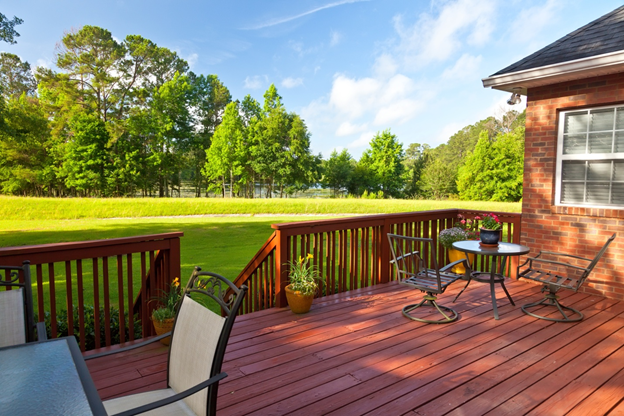Building Code for Residential Decks: A Quick Guide

Do you want to build a deck in your home?
Building a deck is a great investment for your home. But if you lack the skills or knowledge to build it right, you’re asking for problems.
That’s why you need to know how to build a residential code-compliant deck. You need to know what you’re allowed to do, how you should do it, and how to make it sturdy.
Sounds confusing? It doesn’t have to be.
Read on for a quick guide on the building code for residential decks.
Requirements for Deck Stairs
There are many considerations when planning to build a deck, including the stairs. International Residential Code requirements for deck stairs keep people safe and prevent accidents.
One requirement is having a handrail on stairs that are more than 30 inches high. The riser (step height) should also be no more than 7 inches. The depth (tread) must also be at least 10 inches.
Additionally, the railing must be able to support a load of 200 pounds without collapsing. These requirements ensure that deck stairs are safe for people to use. These aspects are often checked during deck inspection.
Deck Guardrail Height
Most jurisdictions have laws and regulations about the height of a deck guardrail. In general, a deck guardrail must be at least 36 inches high, measured from the deck surface to the top of the rail. Some jurisdictions may require a 42-inch high guardrail.
A guardrail is not needed on every deck but decks that are more than 30 inches off the ground will need it. There are other exemptions to the guardrail rule. If the deck failed inspection, be sure to check with your local building code department.
Deck Balusters and Benches
Building code requires deck balusters and benches to provide adequate support and stability. This usually means attaching them to the deck framing with screws or nails, rather than using bolts or hangers.
Also, the code usually requires that balusters be no more than 4 inches apart. This is to prevent small children from slipping through. And benches must be solidly built, with no loose boards or sharp edges.
Minimum Strength for Guardrails and Balusters
There is also a minimum strength for guardrails and balusters. This is because these items are what keep people from falling off of the deck. If they are not strong enough, then they can break and people can fall.
But, the code may vary from state to state or even municipality to municipality. To find out the requirements for your area is to check with your local building department. Generally speaking, the minimum strength for guardrails and balusters is quite low and is easily met by most deck builders.
Importance of the Building Code for Residential Decks
The building code for residential decks is important because it ensures that the deck is safe and up to code. This is important for the safety of the homeowners and their guests.
A deck that is not up to code can be dangerous and even deadly. Homeowners should make sure that their deck is up to code and safe for use.
If you have more questions about home improvement, please check out the rest of our blog page for more helpful articles.








